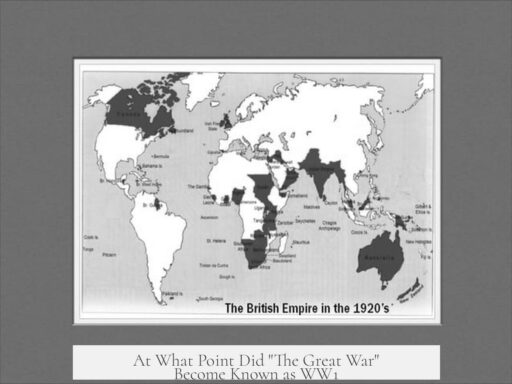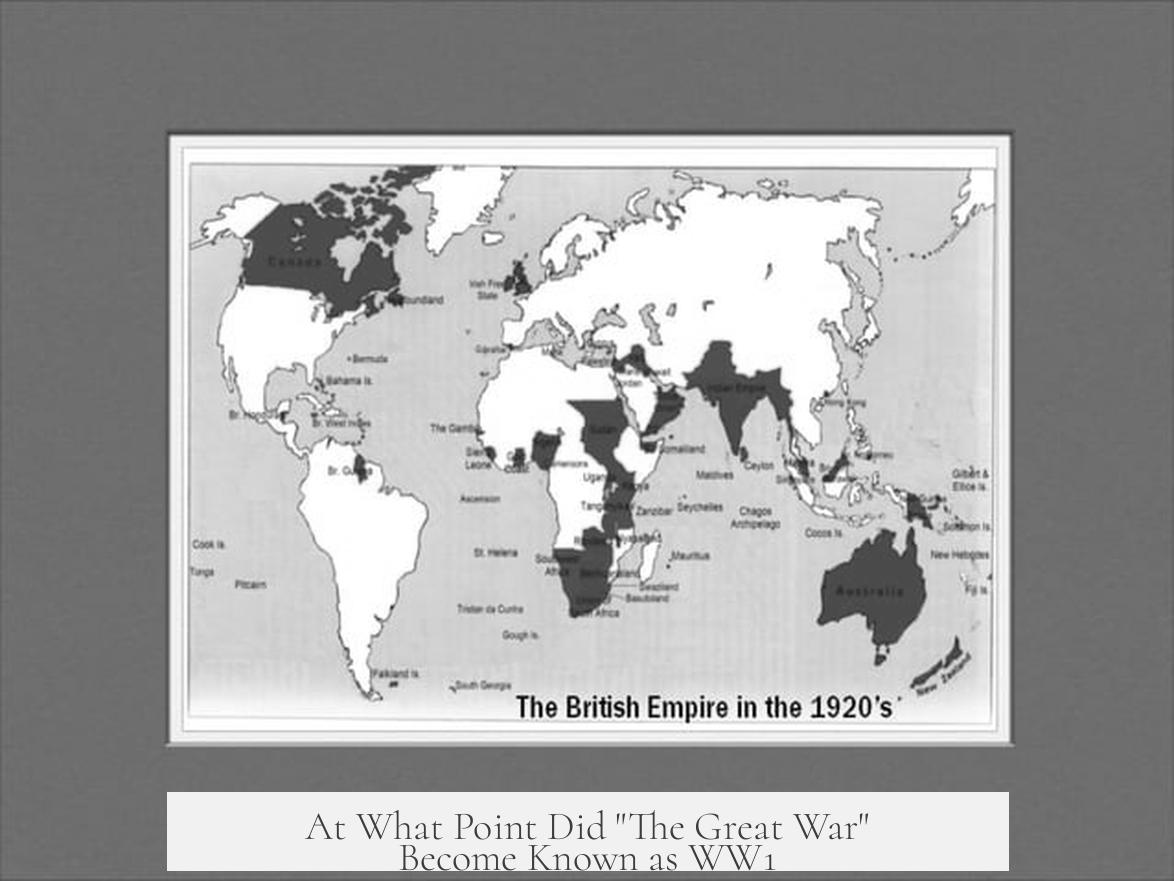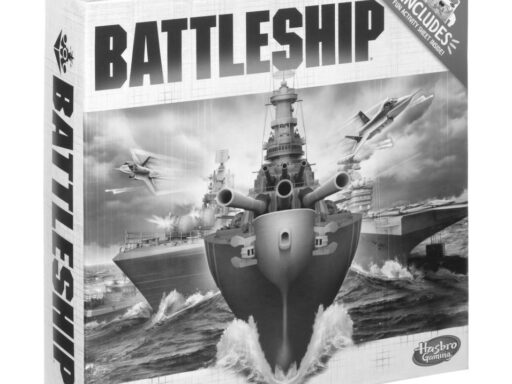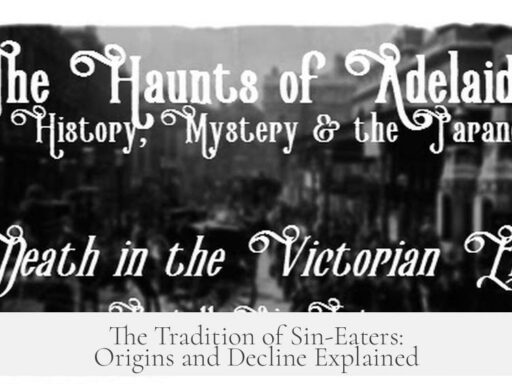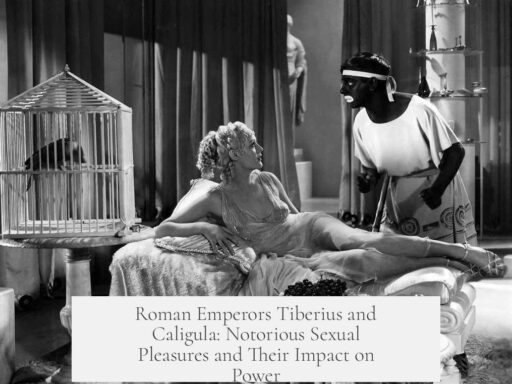The term “The Great War” was commonly used to describe the conflict from 1914 until the late 1930s. It only began to be referred to as “World War I” or “The First World War” around 1920, but widespread adoption of the name “World War I” occurred after the start of World War II, particularly between 1945 and 1955.
Initially, during and immediately after the conflict, people debated whether to call the event “The Great War” or “The World War.” The phrase “First World War” appeared sporadically before 1939 but was not commonly used. Historical records indicate that the first use of “The First World War” dates back to 1920.
Data drawn from sources like the Google Books Ngram Viewer shows clear naming trends over time. From 1918 to the late 1930s, “The Great War” dominated in popularity. This reflects how contemporaries and early historians perceived the conflict as a singular unprecedented event rather than part of a series of global wars.
With the outbreak of World War II in 1939, a need emerged to distinctly categorize the earlier conflict. Consequently, the phrase “World War I” climbed steadily in use during and after WWII. Its peak usage occurred during the decade following 1945, coinciding with heightened historical analysis and public discourse about the two world wars.
There are limitations in the data models like the Ngram Viewer. They may count multiple mentions within the same source or misinterpret contexts due to scanning errors. This affects precision in dating the exact rise in usage. However, the overall trend remains clear: the term “World War I” gained prominence primarily during and after World War II, replacing “The Great War” for clarity.
- “The Great War” was the common name from 1914 to late 1930s.
- “The First World War” first appeared around 1920 but rarely used pre-WWII.
- World War II prompted widespread adoption of “World War I” to distinguish the conflicts.
- The term “World War I” peaked in usage roughly 1945–1955.
- Naming trends reflect changes in public and scholarly discussion after the second global conflict began.
At What Point Did They Refer to “The Great War” as WW1?
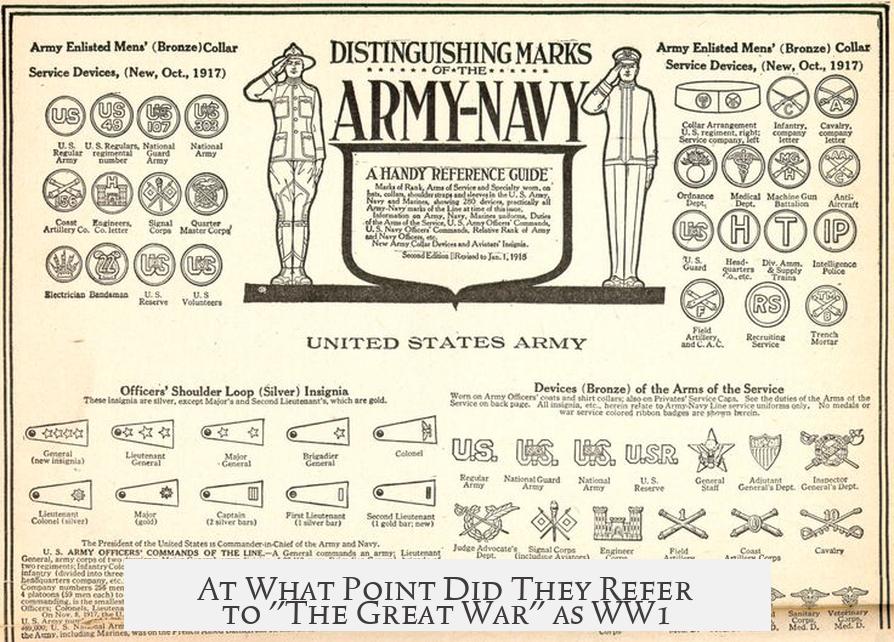
The shift from calling the conflict “The Great War” to referring to it as “World War I” largely happened after the outbreak of World War II, with the term “World War I” gaining steady popularity from around 1939 onward and solidifying by the mid-20th century. But why did this renaming happen, and how did it all unfold? Let’s dive into the timeline and naming conventions of this massive global conflict.
Initially, while the guns were still booming and millions were marching into trenches, the war was mostly called “The Great War”. This term captured the sheer scale and unprecedented devastation that shook the world from 1914 to 1918. Some also called it “The World War,” showing the growing awareness of a conflict involving many nations. But “World War I” as a phrase was relatively rare during the war itself.
The Early Naming: “The Great War” Tops the Charts
If you were to flip through newspapers, books, or listen to radio broadcasts during and immediately after the war, you’d encounter “The Great War” far more often than any other term. It embodied the idea that this was the largest and most devastating war humanity had seen so far.
Thanks to data from Google Books Ngram Viewer—a nifty tool that tracks the frequency of phrases in books over time—we know that “The Great War” dominated literary and public discourse from the war’s end in 1918 up until nearly the start of WWII in 1939. It remained the go-to phrase when discussing the conflict for over two decades.
When Did “World War I” Start Making an Appearance?

The first known use of the phrase “The First World War” appeared around 1920, just two years after the war ended. However, it didn’t immediately catch on as a popular term. Why? Because at that time, there wasn’t yet a “World War II.” Calling it “The First” implies a sequence, and without another world war following it, such a label felt premature.
Through the 1920s and 1930s, “The First World War” showed up occasionally in literature and official documents but was dwarfed in usage by “The Great War.” It was simply a matter of relevance; with no second global conflict yet, nobody really needed to number the wars.
The Impact of World War II on Naming Conventions
Everything changed once World War II erupted in 1939. Suddenly, there was a necessity to distinguish the two catastrophic global wars. This historical event caused a sharp rise in the use of “World War I” and “First World War” across books, newspapers, and official documents.
Post-1939, naming trends shifted dramatically. As WWII concluded and historians, politicians, and educators reflected on the earlier conflict, “World War I” became the most common term between 1945 and 1955. This period cemented the modern terminology we use today.
The naming shift was practical: it helped society categorize and analyze these two massive wars in chronological order. It set the stage for modern historical studies by making clear references possible.
A Closer Look at Data: The Ngram Viewer Insights and Their Limits
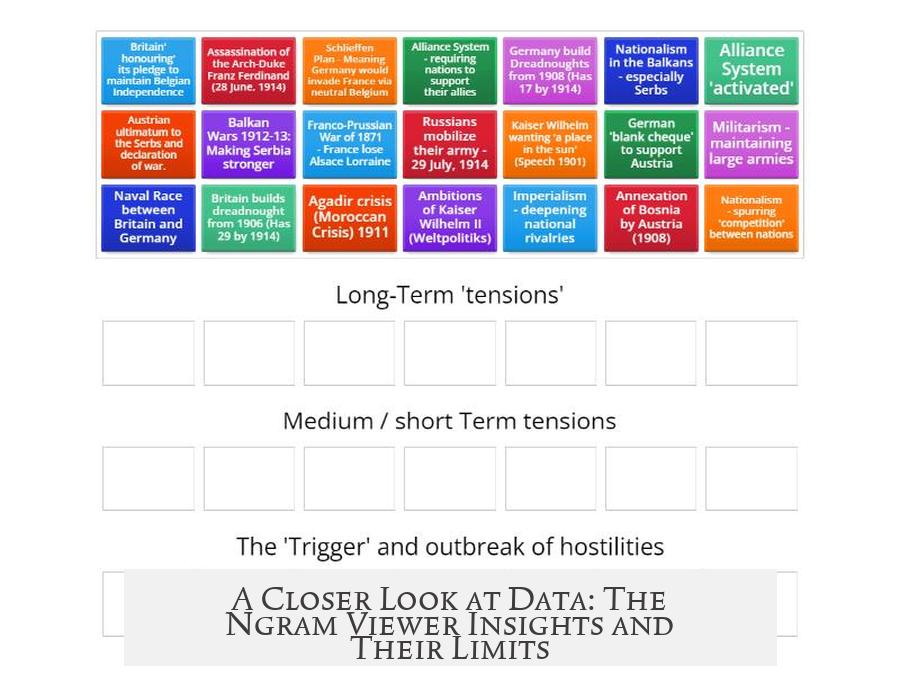
The Google Books Ngram Viewer is an interesting lens for exploring how often terms appeared in books over time. For our topic, it shows a substantial peak in “World War I” usage starting near WWII and surging in the following decade.
| Term | Peak Popularity Period | Relative Popularity |
|---|---|---|
| The Great War | 1918 – late 1930s | Highest |
| World War I / World War One | 1945 – 1955 | Rising rapidly, peak popularity |
| The First World War | Post-1939 mild usage | Lower but noticeable |
However, data from the Ngram Viewer isn’t flawless. For example, it doesn’t normalize use per number of books specifically about WWI, so spikes might also reflect how often people wrote or talked about the war—not just what they called it. Mislabeling of book dates and false positives (like mistaking a phrase about a soldier’s experience for the official term) can skew results mildly.
What Does This Mean Today?
We now call it “World War I” because history made it necessary. Before the second global conflict, “The Great War” fit perfectly. But history isn’t static — terms evolve based on new contexts and collective memory.
To think about it practically: if you only have one global catastrophe, you don’t number it. But once there’s a sequel, you need a title system that conveys order. The same applies here. We still honor “The Great War” as a phrase capturing the war’s unique horror, but “World War I” efficiently tells our story with clarity.
It’s interesting to ponder: how do names shape our understanding of history? What if we had kept calling it only “The Great War”? Would it seem more remote or less connected to the global story that followed?
Summary: A Name for the Ages—Or Just When Needed?
To sum up, “The Great War” was the primary label from 1914 through the 1930s. The expression “World War I” emerged in the early 1920s but wasn’t common until WWII made the numbering essential. Usage of “World War I” peaked during the 1945-1955 period, reflecting both the necessity to distinguish it from its successor, and the increased historical focus.
If you’re writing or reading history, knowing this naming evolution enriches your perspective. It highlights how human perspectives evolve as events unfold—and how language adapts to make sense of our past.
So next time someone asks you, “When did they start calling it World War I instead of The Great War?”, you can confidently answer: “It started after WWII began—when a second world conflict demanded clarity in history.”
